At what temperature should i go to the doctor. When to Seek Medical Care for Fever: Temperature Thresholds and Symptoms Guide
At what temperature should you go to the doctor for a fever. How to know if your child’s fever requires medical attention. When does a fever indicate a medical emergency.
Understanding Fever: What It Means for Your Body
Fever is a common physiological response that occurs when the body is fighting off an infection or when the immune system becomes activated. But what exactly constitutes a fever, and when should it be a cause for concern?
A fever is typically defined as a body temperature of 100.4°F (38°C) or higher. This elevation in temperature is your body’s way of signaling that something isn’t quite right internally. While fevers can sometimes resolve quickly, they may also persist, with body temperature fluctuating over time.
What causes a fever?
Fevers can be triggered by various factors, including:
- Viral infections (such as the flu or COVID-19)
- Bacterial infections
- Inflammatory conditions
- Certain medications
- Heat exhaustion or heatstroke
Understanding the underlying cause of a fever is crucial in determining the appropriate course of action and whether medical intervention is necessary.
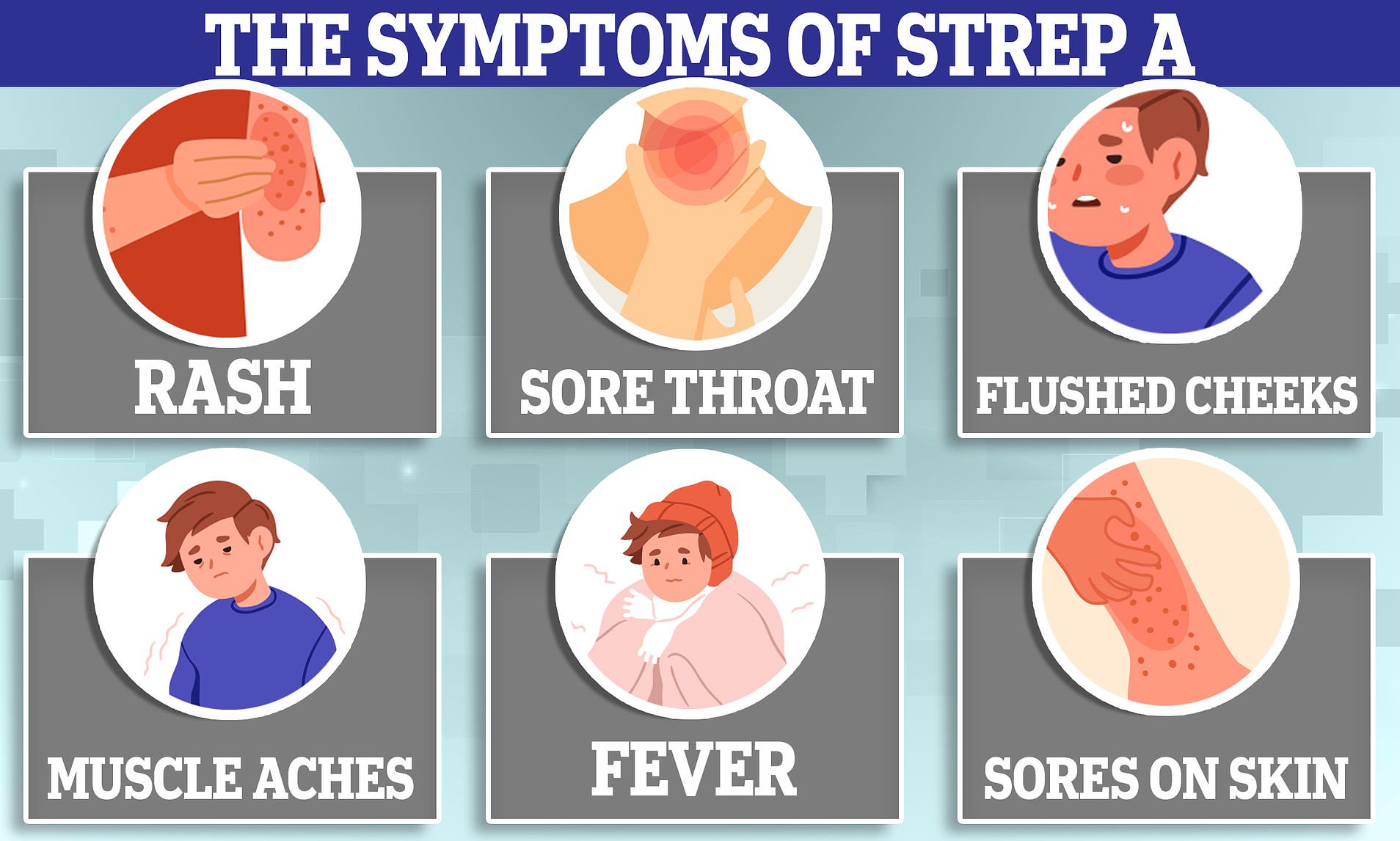
Temperature Thresholds: When to Seek Medical Care for Adults
For adults, certain temperature thresholds and accompanying symptoms can indicate the need for medical attention. Here’s a breakdown of when to contact a healthcare provider or seek emergency care:
Emergency situations (105°F or higher)
If an adult’s temperature reaches 105°F (40.6°C) or higher, it’s crucial to seek immediate emergency medical care. This high fever can be life-threatening and may indicate a severe infection or other serious medical condition.
Contact your healthcare provider (103°F or higher)
When an adult’s temperature reaches 103°F (39.4°C) or higher, it’s advisable to contact a healthcare provider. This level of fever may require medical evaluation to determine the underlying cause and appropriate treatment.
Special considerations for at-risk individuals
For adults who are immunocompromised or over 65 years of age, a temperature of 101°F (38.3°C) or higher warrants contacting a healthcare provider, especially if there’s concern about potential COVID-19 exposure.
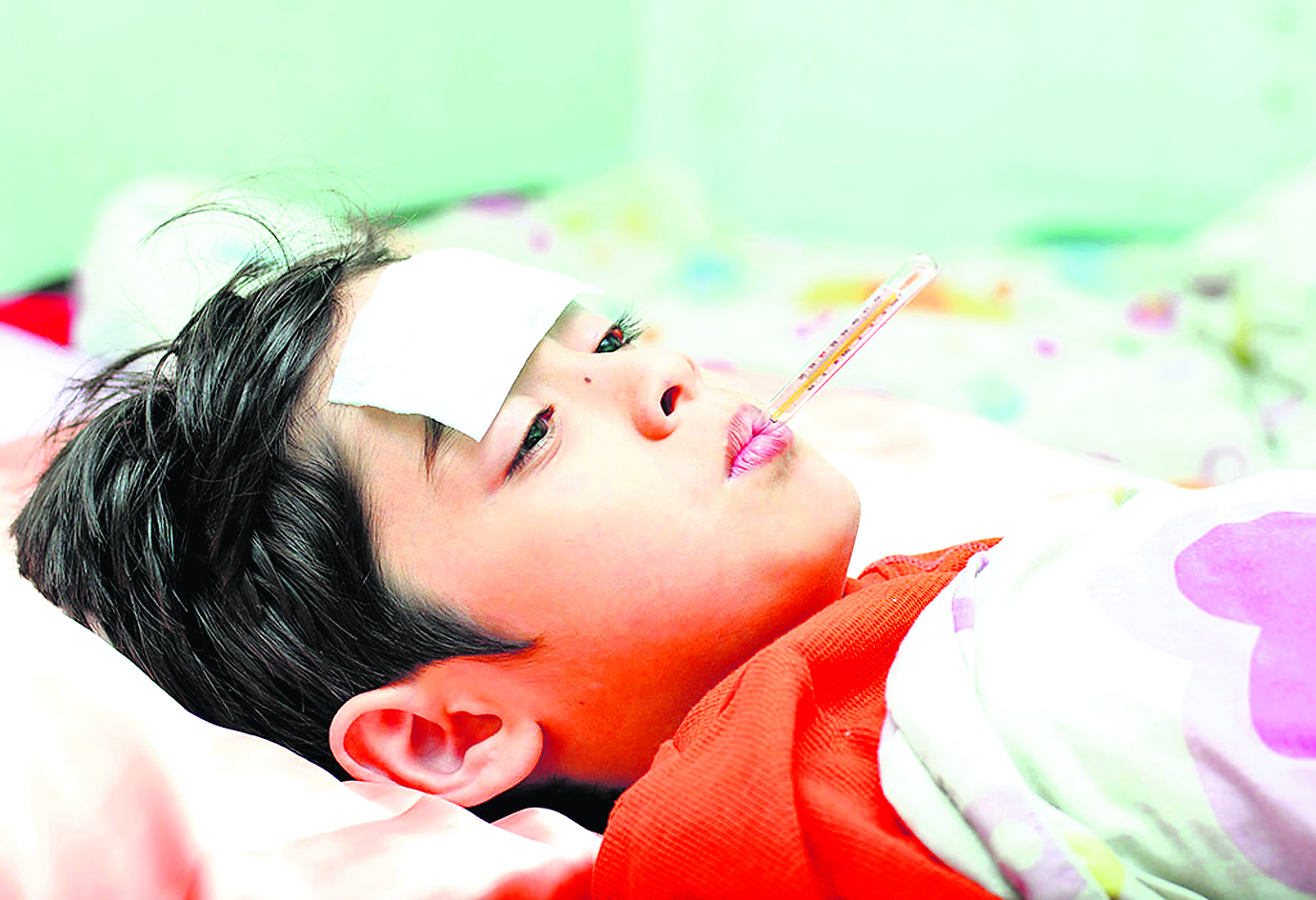
Beyond Temperature: Other Factors to Consider in Adults
While temperature is a key indicator, other factors should be considered when deciding whether to seek medical care for a fever:
- Persistent fever: If a fever doesn’t respond to over-the-counter medications like ibuprofen, it’s advisable to consult a doctor.
- Heat-related illness: Developing a fever after exposure to hot temperatures could indicate heat stroke, requiring immediate medical attention.
- COVID-19 exposure: If you’ve been in contact with someone who tested positive for COVID-19 and develop a fever, contact your healthcare provider for guidance.
Pediatric Fever Guidelines: When to Call the Doctor for Your Child
Fever in children can be particularly concerning for parents. The guidelines for seeking medical care vary depending on the child’s age and accompanying symptoms:
Infants 0-3 months
For newborns and young infants, any fever is considered serious. Contact your pediatrician if your baby has a temperature of 100.4°F (38°C) or higher, regardless of other symptoms.

Infants 3-6 months
For babies in this age range, seek medical attention if:
- Their temperature is 100.4°F (38°C) or higher, accompanied by irritability or unusual sleepiness
- Their temperature reaches 102°F (38.9°C) or higher
Children 6-24 months
For toddlers, contact your pediatrician if:
- Their temperature is 102°F (38.9°C) or higher for more than a day
- The fever is accompanied by symptoms such as a rash, cough, or diarrhea
Children 2 years and older
For older children, seek medical care if:
- Their temperature is 100.4°F (38°C) or higher
- The fever is accompanied by symptoms like rash, fatigue, headache, stiff neck, prolonged diarrhea, or vomiting
Emergency Situations in Children: When to Act Fast
Certain situations require immediate medical attention, regardless of the child’s age:
- Seizures accompanying the fever
- A temperature of 103°F (39.4°C) or higher
- Fever developing after exposure to hot temperatures (potential heat stroke)
- Fever unresponsive to over-the-counter medications
- Known contact with someone who has COVID-19
In these cases, don’t hesitate to seek emergency care or contact your pediatrician immediately.

Fever Management: Home Care Tips
While waiting for medical attention or managing a mild fever at home, consider these strategies:
- Stay hydrated: Drink plenty of fluids to prevent dehydration.
- Rest: Allow your body to focus energy on fighting the infection.
- Cool compresses: Apply cool, damp cloths to the forehead, wrists, and calves.
- Lightweight clothing: Dress in light, breathable fabrics.
- Over-the-counter medications: Use fever reducers like acetaminophen or ibuprofen as directed.
Remember, these measures are not substitutes for professional medical advice when it’s warranted.
Understanding Fever in the Context of COVID-19
In the current global health landscape, fever takes on additional significance as a potential symptom of COVID-19. How does this impact fever management and when to seek care?
Fever is one of the primary symptoms of COVID-19, often accompanied by other signs such as cough, fatigue, and loss of taste or smell. If you develop a fever and have reason to believe you’ve been exposed to the virus, it’s crucial to contact your healthcare provider for guidance.

COVID-19 testing considerations
Your healthcare provider may recommend COVID-19 testing if:
- You have a fever of 100.4°F (38°C) or higher
- You’ve been in close contact with someone who tested positive for COVID-19
- You’re experiencing other symptoms associated with the virus
Remember, guidelines for COVID-19 testing and management may vary based on your location and current public health recommendations.
Telemedicine: A Modern Approach to Fever Management
In today’s digital age, telemedicine offers a convenient option for seeking medical advice about fever. How can you leverage this technology for fever-related concerns?
Telemedicine platforms allow you to consult with healthcare professionals remotely, providing a safe and efficient way to discuss your symptoms and receive guidance. This can be particularly beneficial for initial assessments of fever, especially when you’re unsure if in-person care is necessary.
Benefits of telemedicine for fever management
- Convenience: Consult with a healthcare provider from the comfort of your home
- Reduced exposure: Minimize potential exposure to other illnesses in medical settings
- Quick access: Often provides faster access to medical advice than traditional appointments
- Triage: Helps determine if in-person care is necessary
Many healthcare providers now offer telemedicine services. Check with your primary care physician or local health system to see what options are available to you.
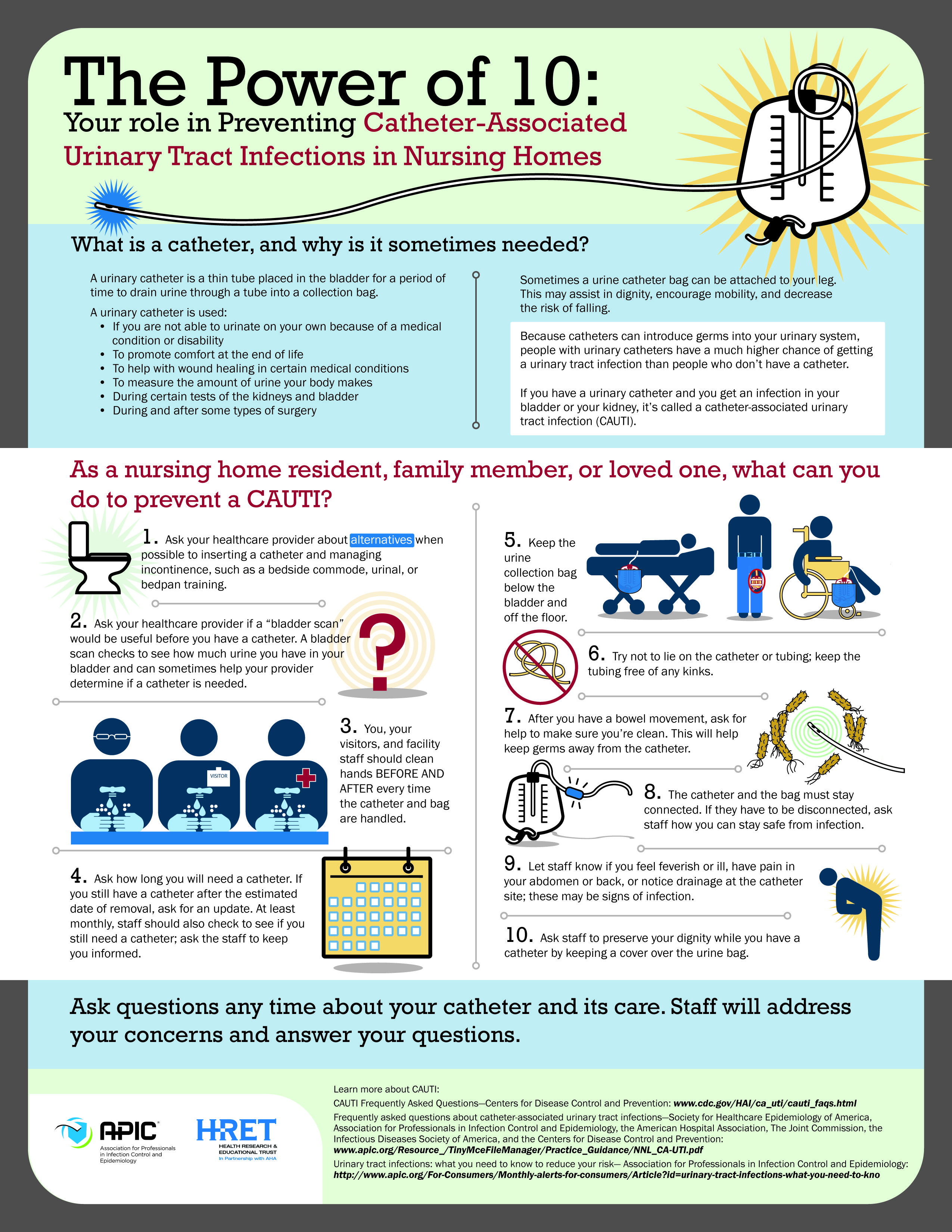
Fever in Special Populations: Unique Considerations
Certain groups may require special attention when it comes to fever management. How do factors like age, underlying health conditions, or pregnancy impact fever guidelines?
Older adults
Individuals over 65 may not always develop a significant fever even when fighting an infection. For this reason, any temperature over 101°F (38.3°C) in older adults should be taken seriously and warrants contacting a healthcare provider.
Immunocompromised individuals
People with weakened immune systems, such as those undergoing chemotherapy or living with HIV, may be more susceptible to infections. For these individuals, even a low-grade fever (100.4°F or 38°C) should prompt a call to their healthcare provider.
Pregnant women
Fever during pregnancy can potentially pose risks to fetal development. Pregnant women should contact their obstetrician if they develop a fever of 100.4°F (38°C) or higher.
Understanding these unique considerations can help ensure appropriate care for individuals in these special populations.

Fever Myths and Facts: Separating Truth from Fiction
Numerous myths surround fever, potentially leading to unnecessary worry or inappropriate management. What are some common misconceptions about fever, and what’s the truth behind them?
Myth: Fever is always harmful
Fact: While high fevers can be dangerous, moderate fever is often a sign that your body is effectively fighting an infection. It’s the body’s natural defense mechanism.
Myth: You must always treat a fever with medication
Fact: Low-grade fevers (below 101°F or 38.3°C) in otherwise healthy individuals often don’t require treatment and may resolve on their own.
Myth: The higher the fever, the more serious the illness
Fact: The severity of an illness doesn’t always correlate with the height of the fever. Some serious infections may cause only a slight temperature elevation, while less severe conditions can sometimes result in high fevers.
Myth: Fever in children can lead to brain damage
Fact: Fever itself does not cause brain damage. However, extremely high fevers (above 107°F or 41.7°C) can be dangerous and require immediate medical attention.

Understanding these facts can help you make informed decisions about when to seek medical care for a fever and how to manage it appropriately.
When to Seek Care for a Fever
A fever (defined as a temperature of 100.4°F or higher) happens when your body is trying to fight off an infection or your immune system becomes activated. The increase in your body temperature signals that something is not quite right with you.
Sometimes a fever comes and goes quickly, other times it lingers, and your temperature fluctuates over time.
Below is a breakdown of when you should contact your doctor or health care provider if you have a fever:
Adults
Numbers that are cause for concern:
- 105°F – Go to the emergency room
- 103°F or higher – Contact your health care provider
- 101°F or higher – If you’re immunocompromised or over 65 years of age, and are concerned that you’ve been exposed to COVID-19, contact your health care provider
Situations that are cause for concern:
- if you have a fever and it doesn’t go down after taking over-the-counter medications, like ibuprofen
- if you’ve been in hot temperatures and develop a fever, it could be a sign of a heat stroke
- if you’ve been in contact with someone who tested positive for COVID-19, you could be at risk for the virus
Call your doctor for medical advice if you experience any of these situations.
Children
Call your child’s pediatrician under the following circumstances:
- 0-3 months – Your child has a temperature of 100.4°F or higher, with or without symptoms
- 3-6 months – Your child has a temperature of 100.4°F or higher, plus irritable behavior/sleepiness OR a temperature of 102°F or higher
- 6-24-months – Your child has a temperature of 102°F for longer than a day AND symptoms such as a rash, cough or diarrhea
- 2+ years – Your child has a temperature of 100.4°F or higher AND symptoms such as a rash, fatigue, headache, stiff neck, prolonged diarrhea or vomiting
Any age:
- Your child has a seizure
- Your child has a temperature of 103°F or higher
- Any fever that starts after your child has been in hot temperatures (could be a sign of heat stroke)
- Your child’s fever doesn’t go down after taking over-the-counter medications, like ibuprofen
- Your child has been in contact with someone who has COVID-19
Next Steps & Resources:
- To make an appointment with a doctor near you, call 800-822-8905 or visit our physician directory to make an appointment online.

- Register for telemedicine through HMH Care NOW.
The material provided through HealthU is intended to be used as general information only and should not replace the advice of your physician. Always consult your physician for individual care
When Should You Go to the Hospital for a Fever?
A fever is an increase in body temperature above the normal value. It frequently occurs during an illness, such as a cold, flu, or urinary tract infection. Fever is a sign that something is not right with your body.
A mild fever in adults can be uncomfortable, but it can usually be managed at home with over the counter medicine. In infants and toddlers, however, even a slightly elevated temperature warrants evaluation by a healthcare professional.
Sometimes, fever is accompanied by other symptoms and could potentially be a medical emergency. Please continue reading to learn more about when you should see a doctor or go to the ER for a fever.
What is normal body temperature?
The average normal body temperature is 98.6 Fahrenheit (37 Centigrade). A fever is anything that’s higher than this value. However, it’s worth noting that this is an average value. Your normal may be a little lower or higher than the average. Therefore, a range of 97 F (36.1 C) to 99 F (37.2 C) is considered normal.
You should also know that your body temperature can vary throughout the day. It generally tends to be lower in the mornings and higher later in the day.
In most cases, fever (elevated temperature) occurs for a few days and can be lowered with over-the-counter medications. It is the body’s way of fighting off infections. However, if your temperature rises above 103 F (39.4 C) it could indicate a more serious infection that needs to be evaluated by medical professionals.
Depending on the cause of your fever, there can be accompanying signs and symptoms such as sweating, chills, shivering, headache, body aches, weakness, dehydration, irritability, and loss of appetite.
When to see a doctor for fever?
Fever is a temporary increase in body temperature. A mild fever is not a cause for concern or a reason to go to an urgent care center. However, in some circumstances, it is important to seek treatment from a doctor, nurse practitioner, physician assistant, or other healthcare professional.
Children
A rectal thermometer is the most accurate way of measuring temperature in infants and young children. Even a slight elevation in temperature is a cause for concern in infants and young children, more so than adults. You should contact your baby’s healthcare provider for:
- Rectal temperature of 100.4 F (38 C) or higher in a baby less than 3 months old.
- Rectal temperature up to 102 F (38.9 C) in a baby aged 3-6 months old with accompanying symptoms like irritability and lethargy.
- If the child’s temperature is higher than 102 F (38.9 C) for ages 3-24 months old.
- In older children, seek medical care if the child has other severe symptoms like diarrhea, stomachache, repeated vomiting, cough, cold, or others; is not responding to you; has poor eye contact; is not drinking enough fluids; is not playing or is listless.

- Call the doctor if your child has a fever that has lasted longer than one day, even if there are no other symptoms.
You should have your child evaluated immediately if the fever has lasted longer than 3 days or if the increase in body temperature has occurred after the child was left in a hot car.
You should also seek emergency care if your child has changes in appetite, changes in sleeping patterns, difficulty waking up from sleep, diarrhea, vomiting, constipation, cold symptoms, skin rash, eye discharge, difficulty walking, or difficulty breathing.
If your child has health conditions, such as a chronic medical condition, compromised immune system, or other special circumstances, ask your child’s doctor for guidance on when to seek medical attention for a fever and when to go to the emergency department.
Adults
Adults can use oral, underarm, or forehead thermometers to measure temperature. If your temperature is 103 F (39.:max_bytes(150000):strip_icc()/when-to-see-a-doctor-for-a-fever-770768_FINAL-5c05c20ec9e77c0001e07722.png) 4 C) or higher, you should contact your doctor. This is considered a high-grade fever and needs to be treated immediately.
4 C) or higher, you should contact your doctor. This is considered a high-grade fever and needs to be treated immediately.
When to seek emergency care?
Adults should seek immediate medical attention by going to an emergency room if fever is 103 F (39.4 C) or higher and for fevers lasting more than two days. Urgent care is also warranted for fever that is accompanied by the following symptoms:
- Severe headache
- Stiff neck (especially pain with bending the head forward)
- Skin rash (especially a rapidly worsening rash)
- Sensitivity to bright light
- Hot, flushed skin (a sign of heatstroke)
- Chest pain or difficulty breathing
- Rapid heartbeat
- Abdominal pain
- Persistent vomiting
- Inability to eat or drink
- Pain with urination
- Mental confusion
- Inability to stay awake
- Seizures or convulsions
Fever is the body’s way of fighting off infections and inflammatory conditions and is usually not a cause for concern in adults.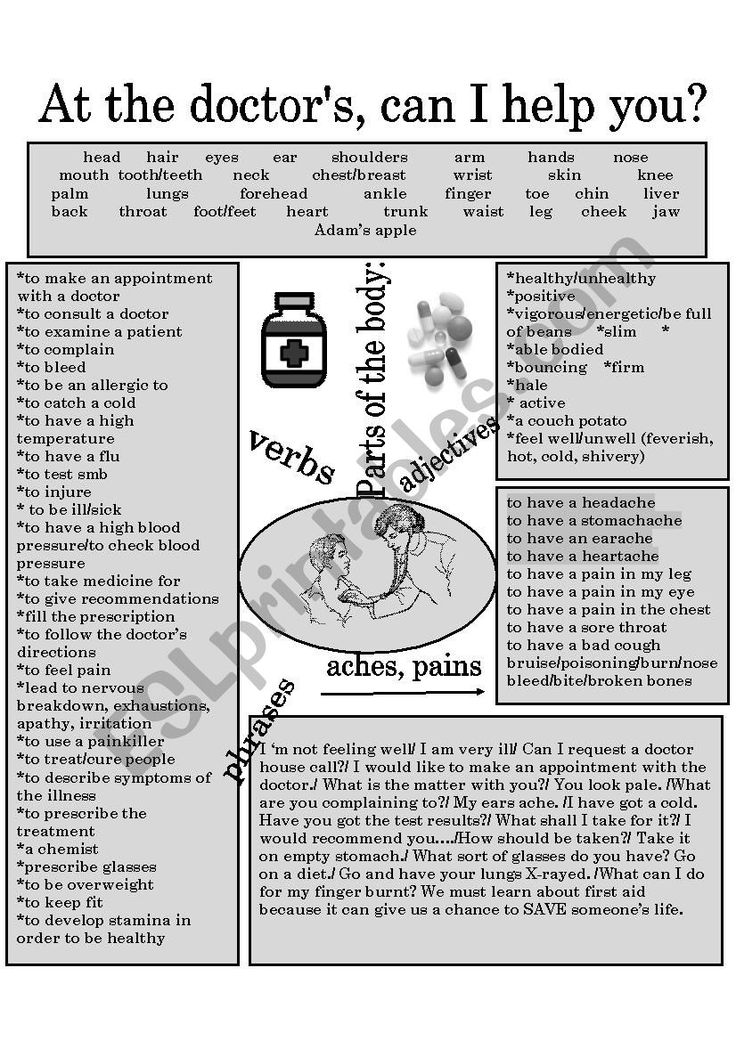 However, a higher fever of 103 F (39.4 C) or more or a fever lasting two or more days, can indicate a serious problem and requires medical evaluation. Adults should seek emergency care if the fever is accompanied by other symptoms (listed above). In a baby or child, even a slight elevation in temperature should be evaluated. It is also worth noting that a persistent low-grade fever is usually a sign that your body is fighting off an infection or some other health issue going on.
However, a higher fever of 103 F (39.4 C) or more or a fever lasting two or more days, can indicate a serious problem and requires medical evaluation. Adults should seek emergency care if the fever is accompanied by other symptoms (listed above). In a baby or child, even a slight elevation in temperature should be evaluated. It is also worth noting that a persistent low-grade fever is usually a sign that your body is fighting off an infection or some other health issue going on.
Board-certified physicians in the emergency department can obtain a detailed health history, perform a thorough physical examination, measure vital signs, and order laboratory studies to determine the cause of your fever. Depending on the condition causing it, they can treat your fever appropriately with antibiotics, other medications, fluids, and rest.
References:
- https://www.mayoclinic.org/diseases-conditions/fever/symptoms-causes/syc-20352759
At what temperature to call an ambulance for a child and an adult – September 17, 2022 Scientists have called a striking feature of the body of people who live longer than 100 years fights: in Volgograd, football fans terrorize houses near the stadium
The first beach is being opened in the Volgograd region, in Volgograd even places for them have not yet been chosen
30 victims of “Mr.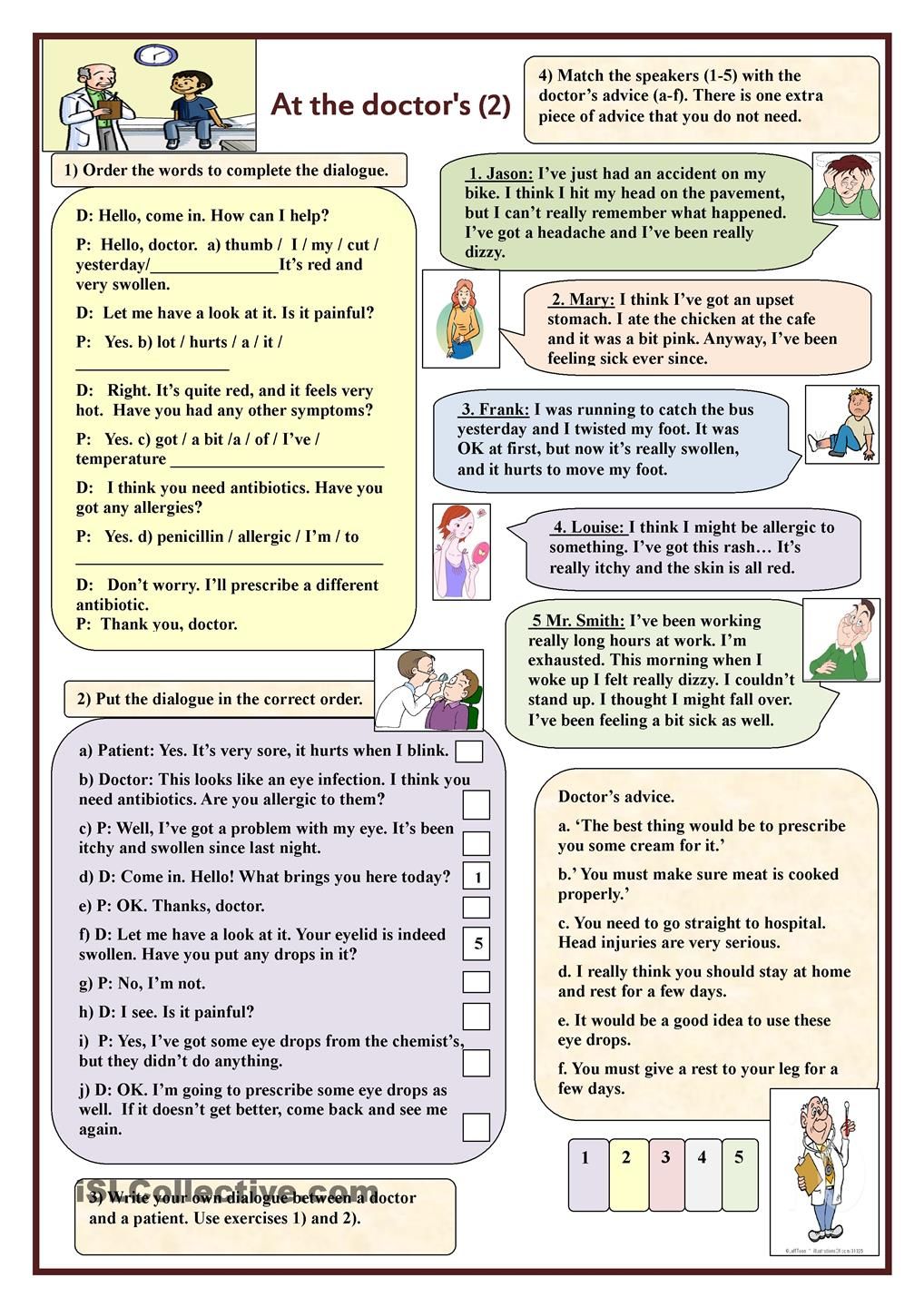 Cider”. What was found in the composition of the deadly drink and what were the symptoms of the dead
Cider”. What was found in the composition of the deadly drink and what were the symptoms of the dead
Huge steles from Volgograd’s Mamayev Kurgan were found in a landfill
You even hide from yourself: 5 types of behavior that indicate that a parent does not love his child
Perm Chikatilo , who strangled three women, may be released in a few years – this is his story
Lighted up so that everyone fell out: a little cheerleader from Volgograd defeated athletes from 22 regions
Putin commented on the situation at the Kakhovskaya HPP for the first time
“Fred was beaten because he could not sit still at photo shoots”: how abandoned raccoons are rescued in a shelter
The body was buried under a barn: men who beat their friend to death will be convicted near Volgograd
Father came to the funeral: a dead PMC grenade launcher was buried near Volgograd
“Can be confused with the norm.” A cardiologist called the main mistake in measuring pressure after 45 years promise different horrors. The lawyer told how Russians get microloans after hacking Gosuslug
The lawyer told how Russians get microloans after hacking Gosuslug
On the advice of a friend. Where to pump female energy in Volgograd – and what needs to be done for this
“We are waiting until the speed is reduced to 20 km/h”: Volgograd City Hall considers the washed-up Astrakhan bridge safe
“I was 12 years old when I tried it for the first time”: how a drug addict with HIV and a criminal record got rid of addiction and opened his own business Two people in the hospital
Volgograd summer residents continue to switch to direct power supply contracts
Should it lead to a catastrophe? Rainwater destroys Astrakhan Bridge in Volgograd
Science fiction writer Yevgeny Lukin is urgently hospitalized in Volgograd
“It will take several years to restore the water supply.” Experts spoke about the consequences of the destruction of the dam of the Kakhovskaya hydroelectric power station
The trial of a volunteer accused of evading the SVO began in Volgograd
They want to ban preferential mortgages from developers.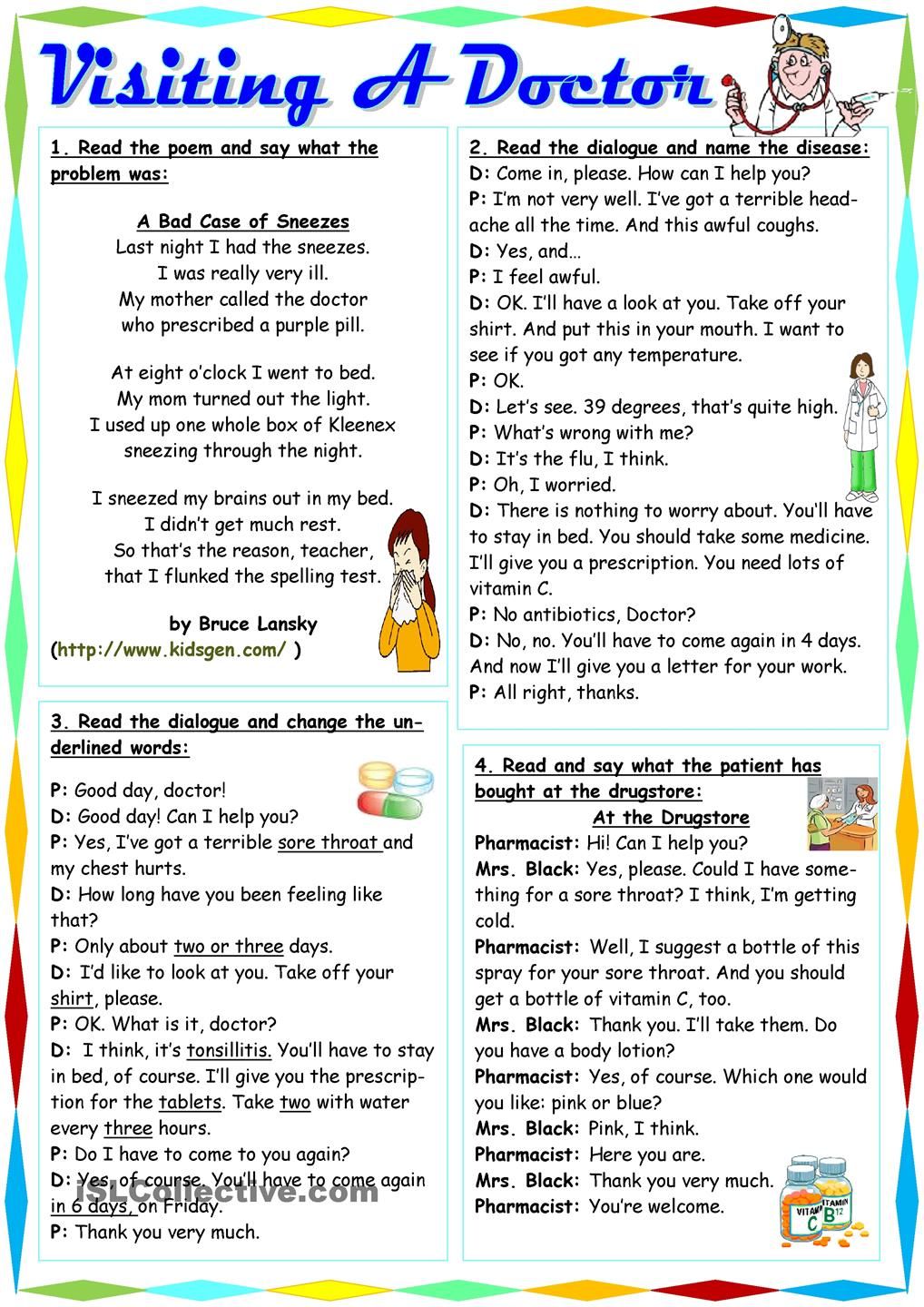 What will happen to super low rates
What will happen to super low rates
These are all echoes of that accident: Diana Tour buses were arrested near Volgograd
Not just a nightmare: a night symptom that should alert at any age – it can even indicate a tumor
“Or there is a scary one in the hall”: in Volgograd, the airport stopped registering passengers with laminated documents0003
There may be many more: a dangerous “Mr. Cider” was found in Volgograd, who has already killed 30 people
“For two weeks they didn’t know what to treat, and now she is in a coma”: a two-year-old child with a severe infection is rescued in Volgograd
The main thing is profitability, people will be patient: officials explained the cancellation of routes from Volgograd to the region
He beat the cashier and took the money: a PMC soldier convicted of robbery will be buried near Volgograd
“Allegedly, I hit the girls with an ax on the head.” Innocent man served 13 years for someone else’s crime – how did it happen
All news
Sometimes calling an ambulance is not necessary – just drink paracetamol
org/Person”> Photo: Elena Latypova / NGS55.RUShare
in an ambulance as soon as the thermometer shows 37.5. Doctors don’t always help either: someone asks why they called, someone asks why they didn’t call earlier? We talked with doctors to put an end to this issue: at what temperature should you call an ambulance, when to call a doctor, and in which case just drink an antipyretic and not bother anyone.
In fact, there is no bar by which you can say: if the temperature is 0.1 degrees higher, it’s time to call an ambulance. Other symptoms may also be decisive.
– An ambulance is called when the temperature is febrile – that is, above 38.5 and is not dropping well, – says infectious disease doctor Andrey Pozdnyakov. – An ambulance is called when the temperature is accompanied by some other symptoms similar to life-threatening ones. The most striking is convulsions, impaired consciousness, severe tachycardia. An ambulance should be called according to the totality of symptoms, the temperature is not necessarily one of them.
Andrey Pozdnyakov — infectious disease specialist, candidate of medical sciences, chief physician of the clinical diagnostic laboratory “Invitro-Siberia”.
An adult needs an ambulance for hyperthermic reactions, that is, a very high temperature.
“If the temperature is above 40, then an ambulance is definitely needed, because it is fraught with serious consequences,” says therapist Ivan Skorokhodov. – If the temperature persists for a long time. If you have covid or you suspect that it is him, then if there are risk factors, a fever for more than three days is a reason to call an ambulance. If, in addition to temperature, you have abdominal pain, frequent loose stools is a suspicion of an intestinal infection, if the pain is intense, this may be a surgical pathology.
Ivan Skorokhodov — practicing therapist, allergist-immunologist. Member of the Russian Association of Allergists and Immunologists.
For children, the rules are slightly different: a temperature above 39 in a child is already a risk of seizures.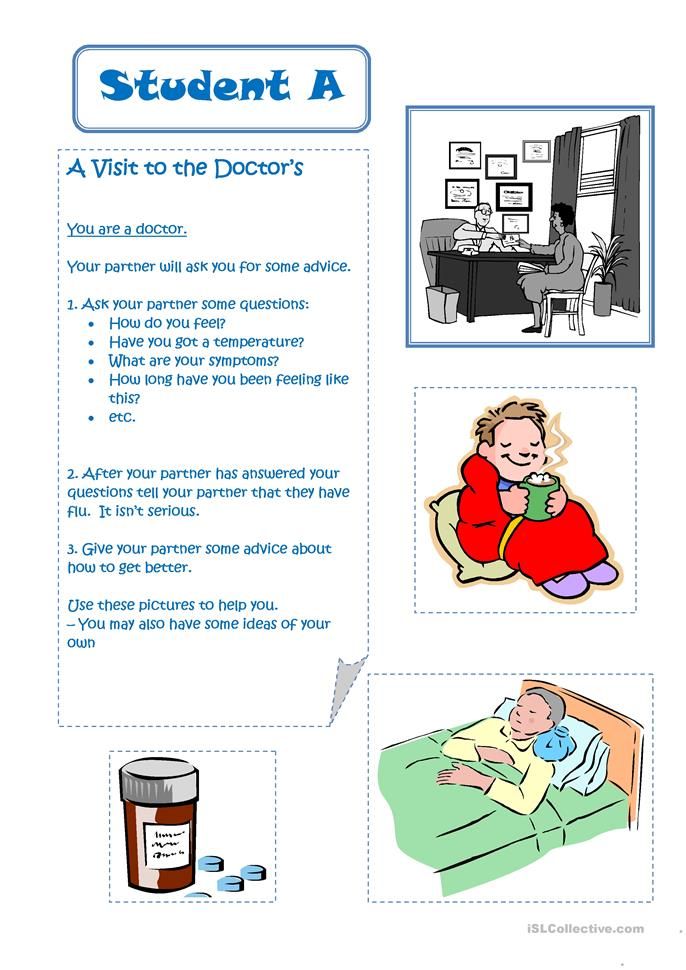 With an acute appearance of temperature in a child, an ambulance is called in any case.
With an acute appearance of temperature in a child, an ambulance is called in any case.
The polyclinic always has a doctor on duty who sees patients. You can turn to him if you feel unwell, but there is no reason to call an ambulance. However, with a temperature, it is still not worth going to the clinic.
— Let’s be honest and correct: from the point of view of epidemiology, it does not matter what disease caused the fever – covid, not covid, most often it is an acute respiratory infection. Accordingly, in order not to infect others, in principle, you don’t need to go to the clinic,” says Andrey Pozdnyakov. – If it is clear that this is a respiratory infection and the person is an adult, without any risk groups, then try to lower the temperature yourself and call a doctor as planned. In any case, you do not need to go to the clinic at a temperature.
As you might have guessed from the previous point, whenever you have a fever. If you do not notice anything unusual in your condition, you can try to cope on your own – antipyretic, vasoconstrictor drops, lozenges or tablets for sore throat. It is worth taking an antipyretic at a temperature above 38.5 degrees, but if the temperature is lower, and you still feel unwell, it is not necessary to endure the malaise.
It is worth taking an antipyretic at a temperature above 38.5 degrees, but if the temperature is lower, and you still feel unwell, it is not necessary to endure the malaise.
– Temperature is just a symptom of the immune system and the development of inflammation. Some people do not tolerate inflammation well, they have a so-called flu-like syndrome: weakness, malaise, aches, pain in the joints, muscles, headaches, eyes hurt and fever, says Ivan Skorokhodov. – In fact, this is the response of the body to the introduction of an infection, for some it is more, for others it is less. The drugs we take when we have a temperature block this excess inflammation and we feel better accordingly.
The doctor emphasizes that if you see that the temperature does not go away, symptomatic therapy with over-the-counter drugs does not help for three days – this also requires a doctor’s call.
If you cannot stay at home with a fever, call your doctor to take sick leave. During a pandemic, all patients with symptoms of SARS are considered suspicious for covid, so it’s better to play it safe and not cough on others.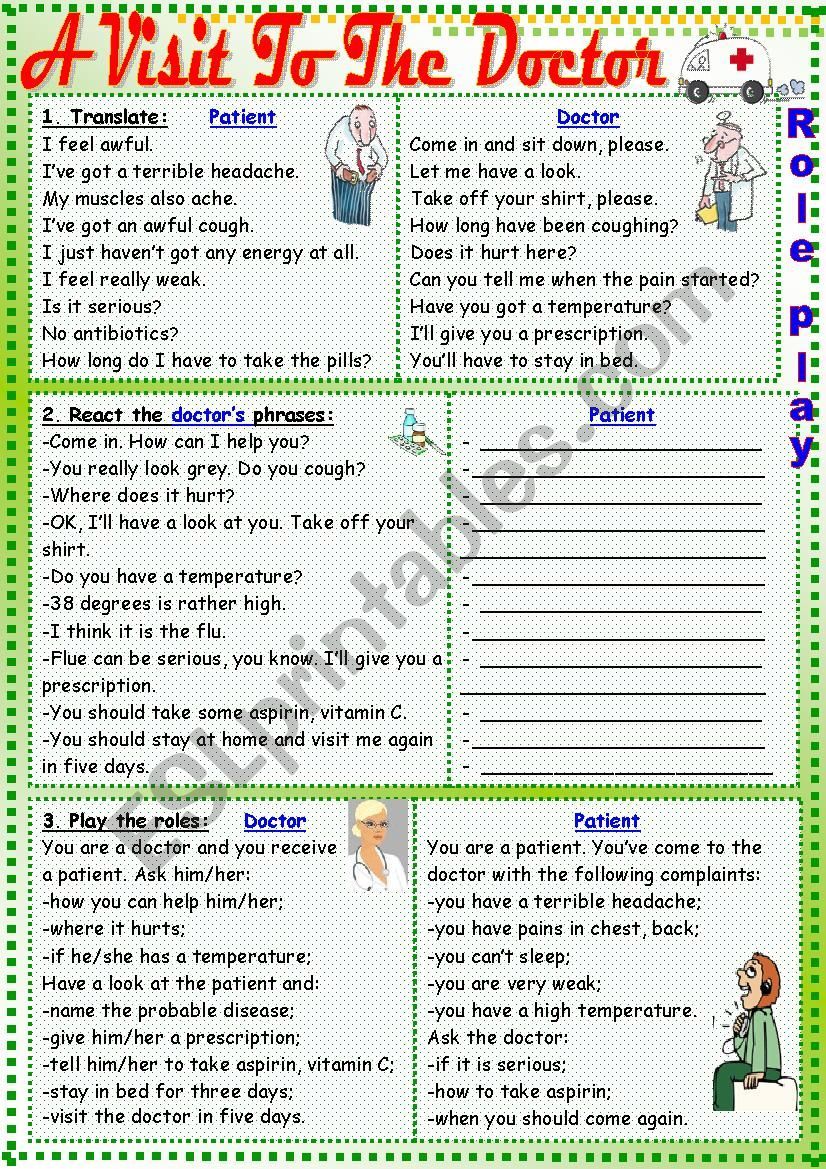 How sick leave is now issued for covid and colds, we talked about in this material, and here you can read about how it is paid.
How sick leave is now issued for covid and colds, we talked about in this material, and here you can read about how it is paid.
Related
December 11, 2022, 10:00
Is it possible or not to bring down the temperature during a cold? Putting an end to the eternal dispute about the treatment of SARS The cardiologist named the main mistake in measuring pressure after 45 years
May 24, 2023, 13:00
Gentle killer Doctors – about why it is dangerous to take pills for pressure when you have to
January 05, 2023, 09:00
Pediatrician explains
December 20, 2022, 19:09
“A child is like boiling water, but you are powerless”: doctors talk about how children endure the most severe swine flu in Volgograd
Ekaterina Bormotova
Journalist of the national editorial office 9 0003
TemperatureAmbulanceSARSInfluenzaPandemicSARS symptomsDoctor call
- LIKE3
- LAUGHTER1
- SURPRISE0
- ANGER0
- SAD0
See the typo? Select the fragment and press Ctrl+Enter
Comments9
Read all comments When should you see a doctor? — Into-Sana
Causes of fever
An increase in body temperature is most often a protective reaction of the body to infections, contributes to the death of pathogenic microorganisms, accelerating the immune system response. It is for this reason that doctors do not recommend taking antipyretics if the temperature is subfebrile, i.e. does not exceed 38C – you need to give the body the opportunity to “fight” the infection.
It is for this reason that doctors do not recommend taking antipyretics if the temperature is subfebrile, i.e. does not exceed 38C – you need to give the body the opportunity to “fight” the infection.
At higher numbers, medication temperature control (taking antipyretics) is necessary. This is due to the fact that high temperature significantly increases the load on the cardiovascular and respiratory systems and can contribute to the development of shock-like conditions and convulsive syndrome (especially in children).
Rarely, fever occurs in the absence of inflammatory processes in the body. This can be observed when there is a violation of the processes of thermoregulation in the brain due to its focal lesions, with hormonal disorders (hyperthyroidism), taking certain medications, poisoning with certain substances, neuroses, systemic diseases of the connective tissue, tumor processes, etc.
How to react to elevated temperature?
- If fever is combined with other symptoms of SARS (runny nose, sore throat, cough, etc.
 ), self-treatment is possible, the main points of which are bed rest and heavy drinking. When the temperature rises above 38C, it is necessary to take an antipyretic.
), self-treatment is possible, the main points of which are bed rest and heavy drinking. When the temperature rises above 38C, it is necessary to take an antipyretic. - Preservation of elevated temperature on the 5th-7th day of acute respiratory viral infection or a repeated increase in temperature after several days of its normalization is a reason to see a doctor. This situation most often indicates a complication.
- With an increase in body temperature against the background of the absence of symptoms characteristic of SARS, a visit to the doctor is required.
Immediately (within 24 hours) seek medical help in the following situations:
- Body temperature 39-40C, headaches, muscle aches, pain when moving the eyes (suspicion of flu).
- High body temperature against the background of symptoms that are not characteristic of a common cold: shortness of breath, profuse sweating at night, pain when breathing and coughing, pain in the lumbar region, pain when swallowing, etc.

- Increased body temperature after medical manipulations and operations.
- High temperature in a person who returned from another country.
Call an ambulance in the following situations:
- High body temperature, severe headaches, worse when bringing the chin to the chest. In this case, it is necessary to exclude meningitis.
- Fever, nausea, vomiting, diarrhea. These symptoms are characteristic of intestinal infections.
- Fever, acute abdominal pain. These signs are characteristic of acute surgical pathology – acute appendicitis, acute cholecystitis, pancreatitis, etc.
Routinely (within a week from the moment of occurrence) it is necessary to consult a general practitioner in case of subfebrile body temperature (37-38C) in the absence of other pronounced symptoms. A condition in which subfebrile body temperature persists for a long time, and the reasons for this increase are unclear, is called a fever of unknown origin.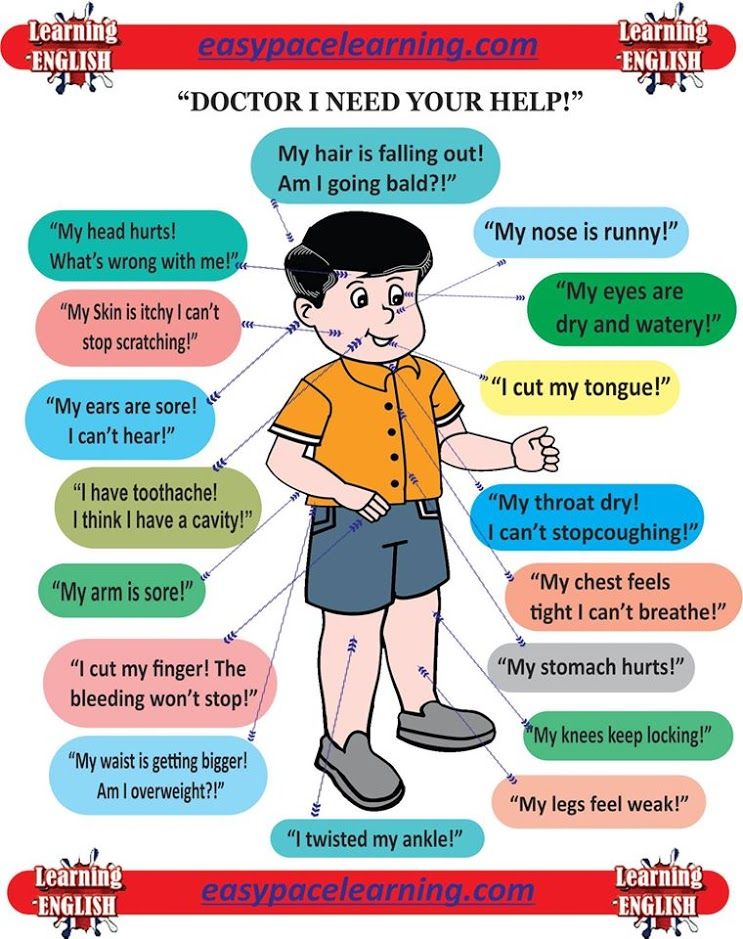

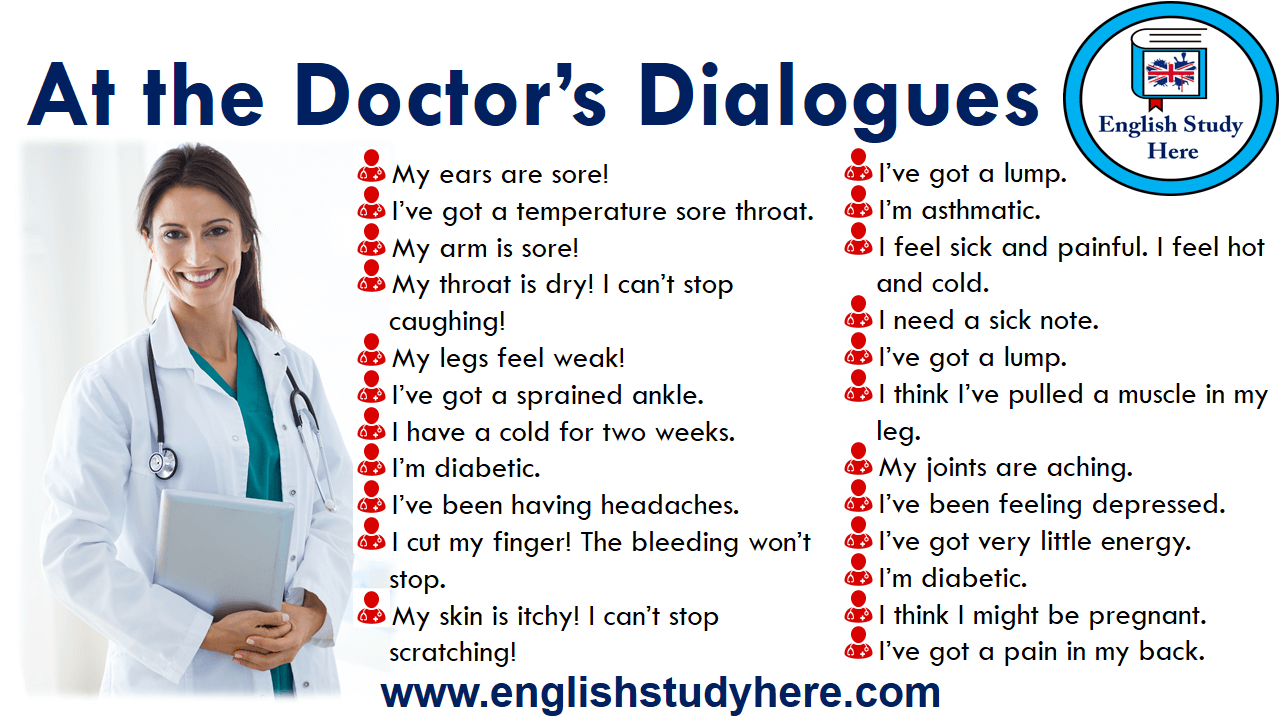
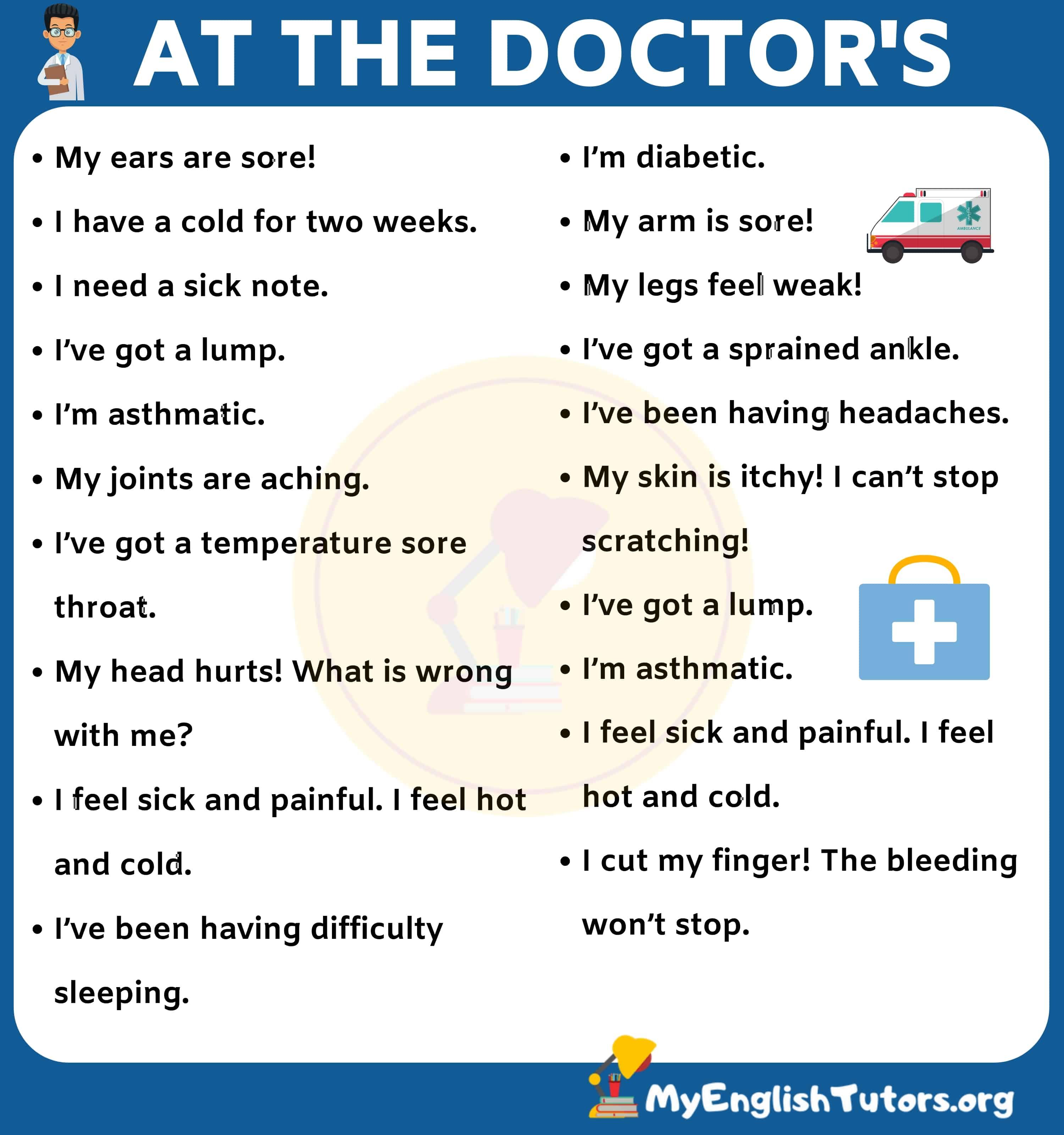
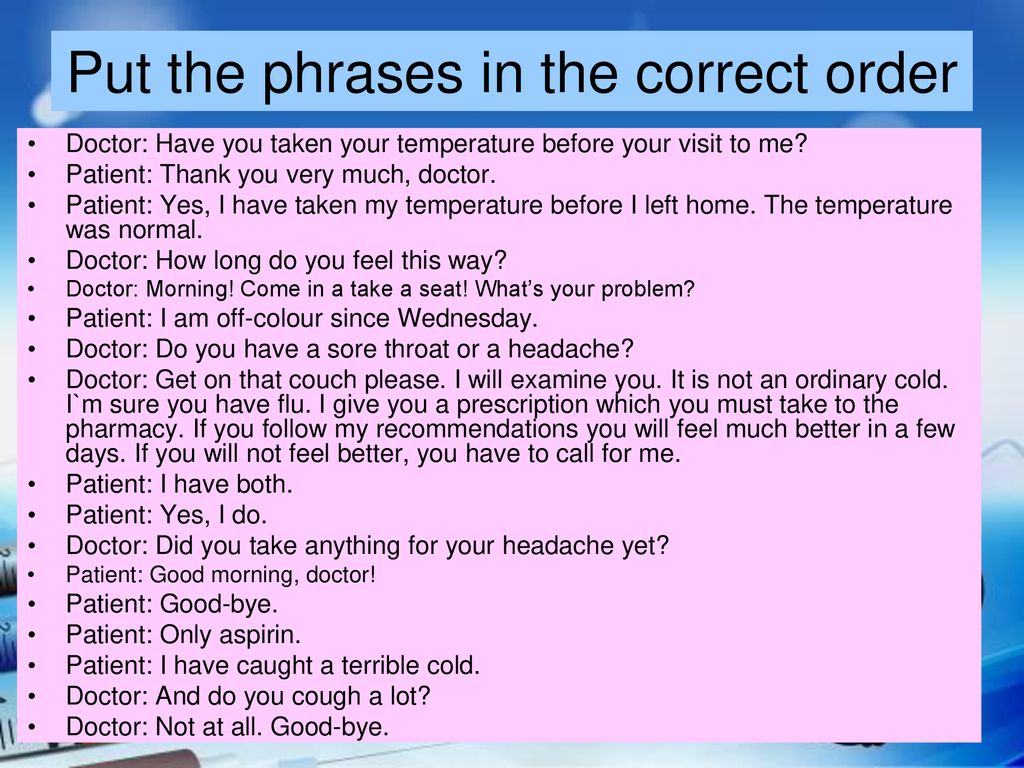 ), self-treatment is possible, the main points of which are bed rest and heavy drinking. When the temperature rises above 38C, it is necessary to take an antipyretic.
), self-treatment is possible, the main points of which are bed rest and heavy drinking. When the temperature rises above 38C, it is necessary to take an antipyretic.